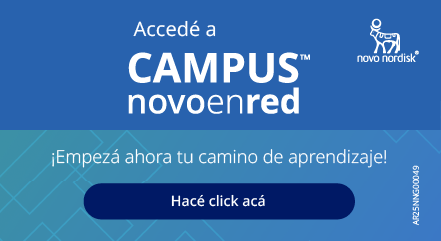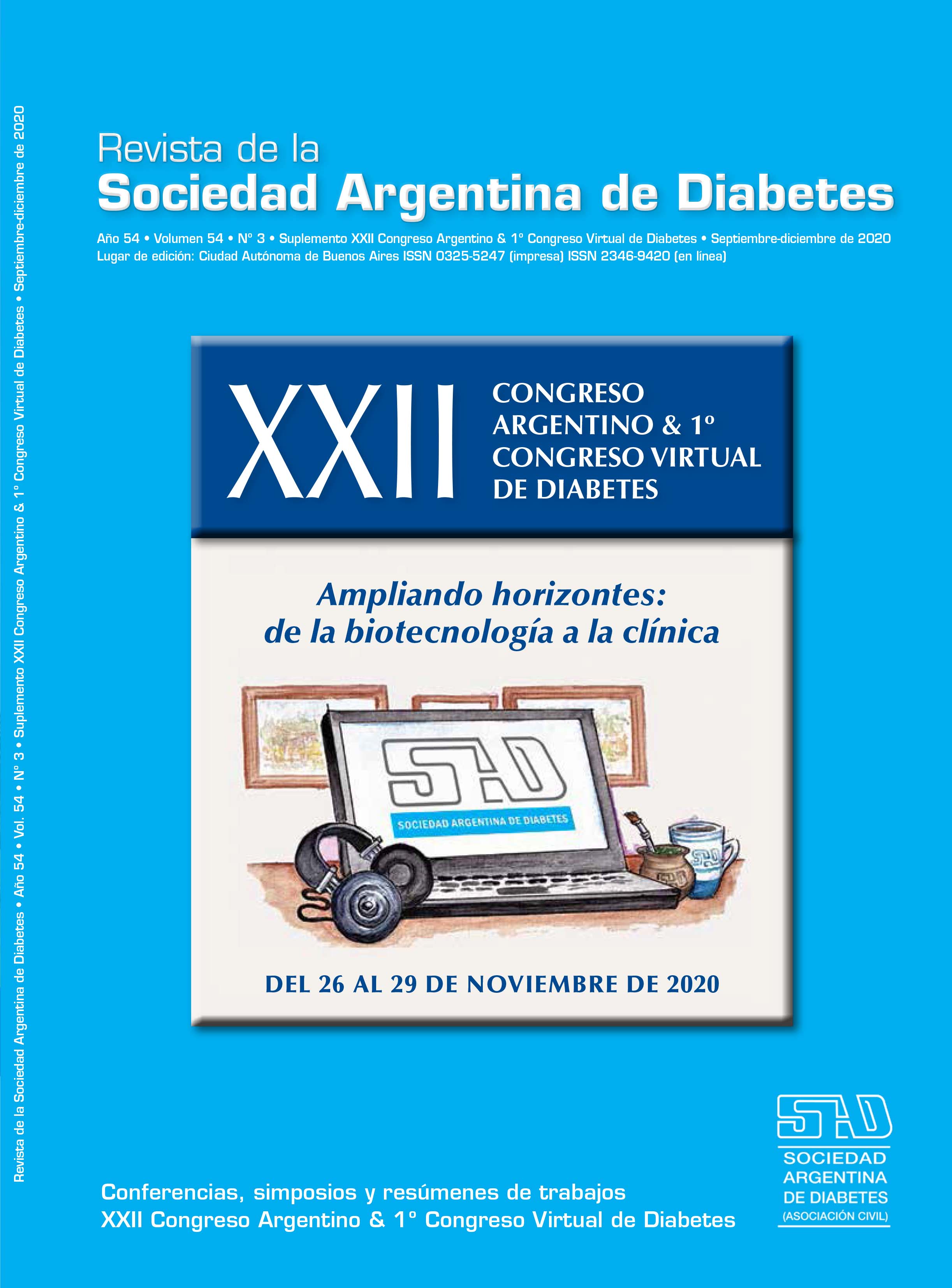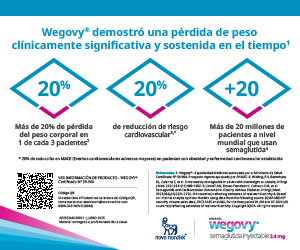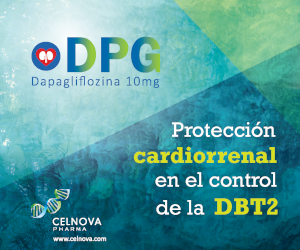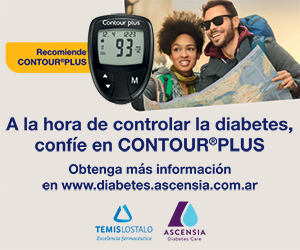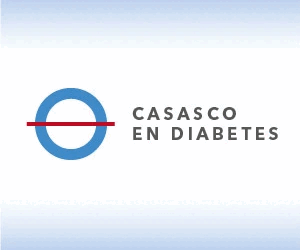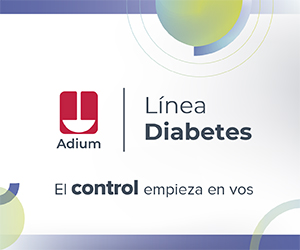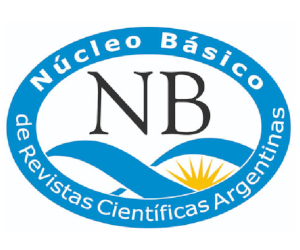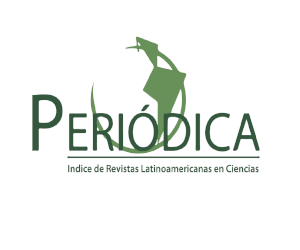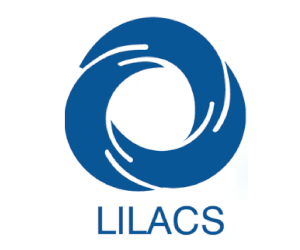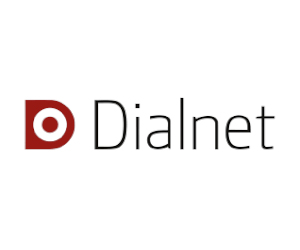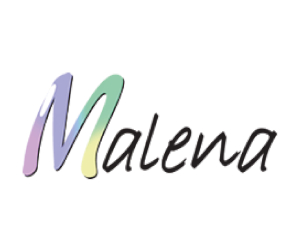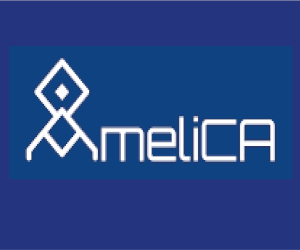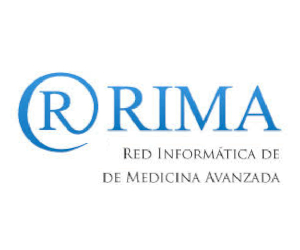P18 Telemedicine en times of COVID-19
DOI:
https://doi.org/10.47196/diab.v54i3Sup.399Keywords:
telemedicine, COVID-19, diabetesAbstract
Introduction: Telemedicine (TM) is the use of information and communication technologies (ICT) to establish a relationship between patients and professionals in the field of health. Undoubtedly, the COVID-19 pandemic has represented a hinge in its implementation.
Objectives: Describe characteristics in the TM practice of the community of doctors dedicated to the care of people with Diabetes.
Material and methods: A survey was conducted on the use of TM in the diabetes consultation, comparing before and after 40 days from the beginning of the ASPO (Preventive and Compulsory Social Isolation from March 12, 2020). The survey was distributed by email (SAD). 353 responses were obtained. 58% (200 physicians) answered the complete survey. SPSS version 21 statistical software was used. Conventional methods for descriptive statistics were applied. The chi square test was used to evaluate the association between categorical variables. The Student's test allowed to evaluate the association between quantitative variables. Any p value less than 0.05 was considered significant.
Results: 92.8% of the professionals communicate virtually with their patients, with no differences between age groups. They use TM in a greater proportion professionals who attend the private vs public part (92.4% vs. 78%, p value less than .000). Video consultations were significantly increased 40 days after DNU (0.58 consultations / day pre-DNU vs. 1.97 consultations / day post DNU. P value less than .000). 33.8% of those surveyed answered that informed consent (IC) is necessary, 24.6% answered no, and 41.5% did not answer. Only 21% of those surveyed systematically use the IC in each virtual consultation. Only 10% of those who perform TM receive fees for these interventions.
Conclusions: In the population studied, the practice of TM develops with increasing frequency, without proper planning, without quality standards, without the corresponding economic compensation with the risk of lack of IQ in most communications.
Downloads
Published
Issue
Section
License

This work is licensed under a Creative Commons Attribution-NonCommercial-NoDerivatives 4.0 International License.
Dirección Nacional de Derecho de Autor, Exp. N° 5.333.129. Instituto Nacional de la Propiedad Industrial, Marca «Revista de la Sociedad Argentina de Diabetes - Asociación Civil» N° de concesión 2.605.405 y N° de disposición 1.404/13.
La Revista de la SAD está licenciada bajo Licencia Creative Commons Atribución – No Comercial – Sin Obra Derivada 4.0 Internacional.
Por otra parte, la Revista SAD permite que los autores mantengan los derechos de autor sin restricciones.

